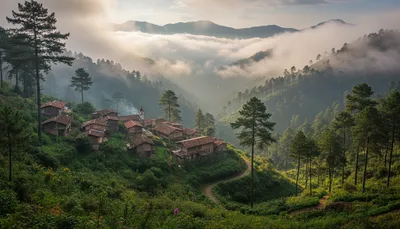
Cuajimoloyas Oaxaca Guide: Hiking, Cabins, and the Mushroom Fair
Cuajimoloyas, Oaxaca: A Guide to the Mushroom Capital & The Cloud Forest

San Antonio Cuajimoloyas isn’t just another mountain village; it is the ceiling of the Sierra Norte. Sitting at over 3,200 meters (10,500 feet) above sea level, this community offers an experience vastly different from the valley floor below.
Most travelers arrive here expecting a simple change of scenery from the colorful streets of the capital. What usually hits them first, however, is the air. The shift from Oaxaca City (1,500 meters) to Cuajimoloyas is drastic. The temperature drops, the air thins, and simple tasks like unloading your backpack can leave you short of breath.
This altitude creates a specific ecosystem known as the “Cloud Forest.” Locals often say the forest “drinks” the mist. By 4:00 PM, thick fog frequently rolls in, dropping visibility to near zero and muffling sound across the mountain. It is an eerie, beautiful, and intense environment that demands respect.
As one of the core stops covered in our Ultimate Guide to Hiking the Pueblos Mancomunados, Cuajimoloyas offers the best introduction to Oaxaca’s cloud forest ecosystem. According to Expediciones Sierra Norte, the alliance that manages these lands, this high-altitude gateway is crucial for understanding the region’s transition from sustainable logging to ecotourism.
Why is Cuajimoloyas the ‘Mushroom Capital’?
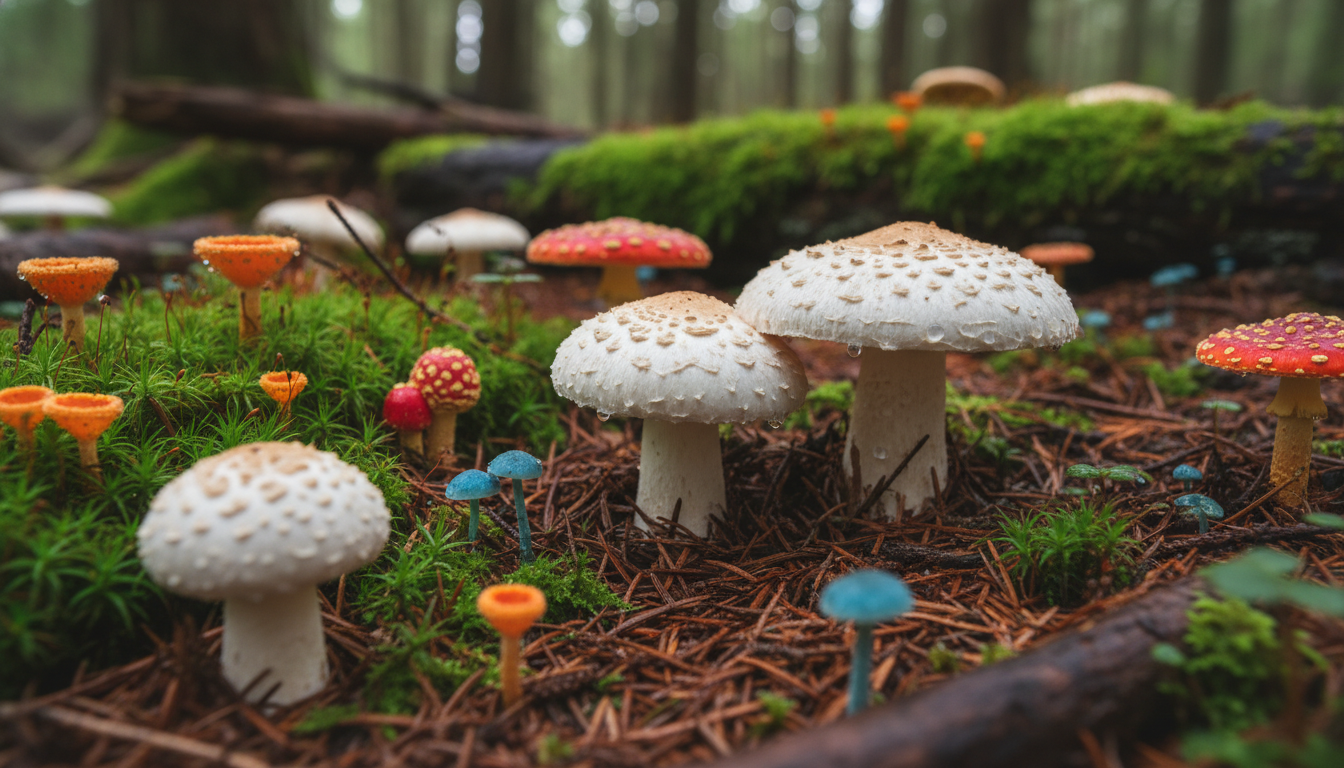
Many towns in Mexico claim to have great food, but Cuajimoloyas has biology on its side. The combination of high elevation, constant humidity from the cloud forest, and pine-oak woodland creates the perfect laboratory for fungi.
During the rainy season (June through September), the forest floor explodes with life. Over 400 species of wild mushrooms emerge in these months. While casual hikers might spot the vibrant “Hongo Azul” (Blue Milk Cap), the real prize here is the Matsutake (Tricholoma matsutake), known locally as “Hongo Blanco.” In Japan, a single Matsutake can sell for a small fortune. Here, they are abundant, affordable, and a staple of the local diet alongside “Pan de Indio.”
The Wild Mushroom Festival (Feria Regional de Hongos Silvestres)
If you can time your visit for late July or early August, you might catch the Wild Mushroom Festival. This isn’t just a food market; it is an educational immersion. Government of Oaxaca press releases highlight that the event includes “recollection tours” into the woods. You are handed a basket and a knife, and you walk with a local mycologist to identify edible species.
Safety Warning: Do not forage alone. The forest is full of toxic lookalikes, particularly fungi that resemble the charcoal burner mushroom. Always rely on a certified community guide.
The preservation of these species is critical to the community’s identity, a fact recognized by organizations like Slow Food Mexico. If you fall in love with these flavors, you can try recreating them at home with our Traditional Sopa de Hongos Recipe.
Things to Do in Cuajimoloyas
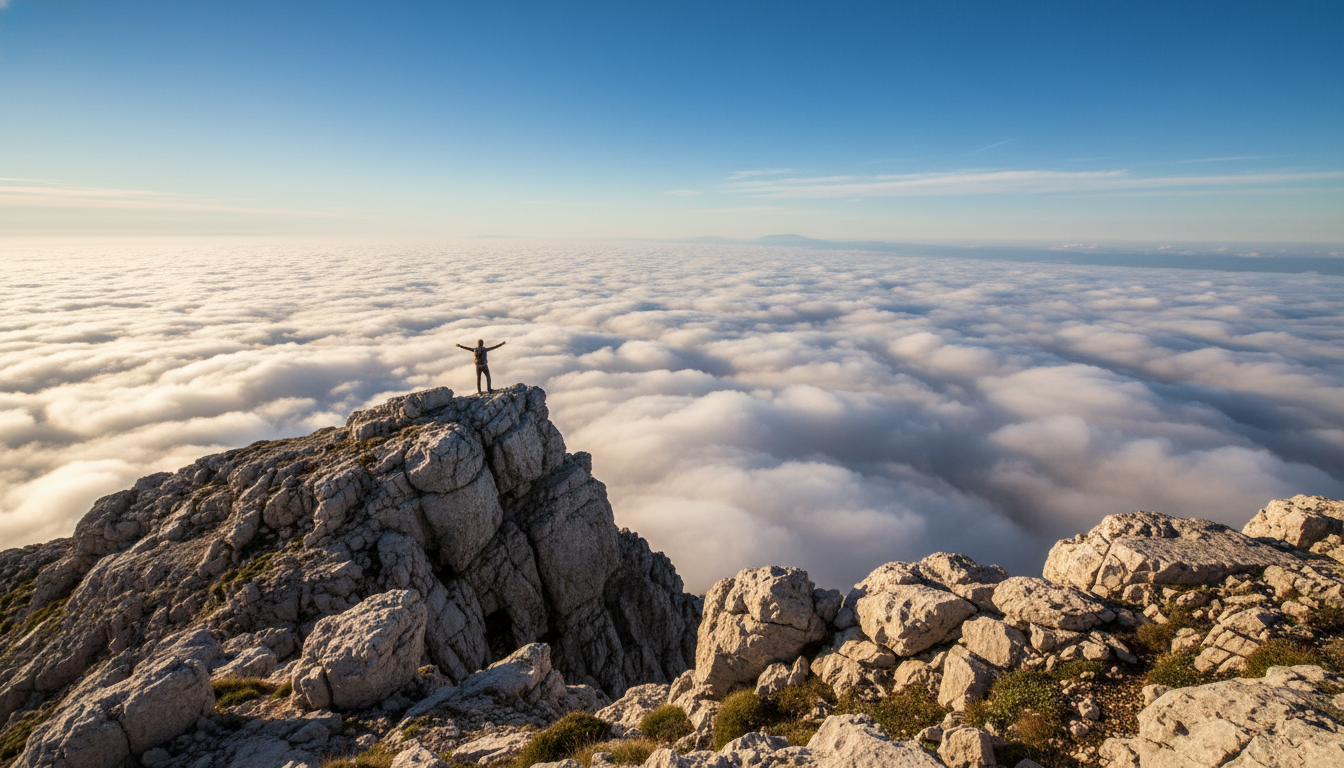
When planning your activities, remember to adjust your difficulty ratings. A trail marked “easy” at sea level becomes a lung-burner at 3,200 meters.
Hiking to Mirador Xi-Nudaa (Celestial Stone)
This is the most popular short hike in town, usually spanning just 1 to 2 kilometers. “Xi-Nudaa” translates from Zapotec roughly to “Land of the rolling stones” or “Celestial Stone.” While the distance is short, the trail is distinctively steep. At the summit, you are rewarded with a view that stretches across the Central Valleys toward Tlacolula. Just be prepared for the thin air to slow your pace significantly.
The Hike to Benito Juárez
For those wanting a proper trek, the trail connecting Cuajimoloyas to the neighboring village of Benito Juárez is a standout. The route covers 6 to 7 kilometers and takes you through a dramatic change in vegetation, moving from high-altitude pine-oak to a denser, humid forest.
A Strategic Gap: Most savvy hikers walk from Cuajimoloyas to Benito Juárez. Because Cuajimoloyas is the highest point, this direction offers a net downhill gradient. Walking the opposite way is a relentless climb.
If you go without a guide, safety is paramount. The fog here is disorienting and can obscure trail markers in minutes. Experienced hikers suggest using a GPS map app; the AllTrails routes for Cuajimoloyas are a good backup to keep you on the path. Once you arrive in the next town, you can continue the adventure by braving the Benito Juárez Suspension Bridge.
Ziplining Over the Forest
The town operates a surprisingly long Tirolesa (zipline). It runs for 1,000 meters (1 km), crossing directly over the town streets and the forest canopy. The cost is generally between 200 and 250 MXN, and like everything else in the Sierra, it is cash only.
Weather & What to Pack

Misconceptions about the “Rainy Season” can ruin a trip to the highlands. When travelers hear “Mexico” and “rain,” they often image a warm tropical shower. In Cuajimoloyas, the reality is bone-chilling.
The annual average temperature hovers between 8°C and 12°C, and nights frequently drop near freezing (0°C). According to historical data from Weather Spark, the combination of wind and dampness makes the “real feel” significantly lower.
The most important rule for packing is to avoid cotton. In the cloud forest, cotton clothing absorbs moisture and refuses to dry. If you get wet while hiking, you will stay wet and cold until you are sitting in front of a fire.
Essential Packing List:
- Base Layers: Wool or synthetic fleece/thermal underwear.
- Outerwear: A high-quality, waterproof rain jacket is non-negotiable.
- Footwear: Sturdy waterproof boots (mud is guaranteed).
- Tech: Bring a portable battery bank. The cold drains phone batteries rapidly, and cabin electricity can be spotty during storms.
Sleeping in the Clouds: Cabins and Lodging
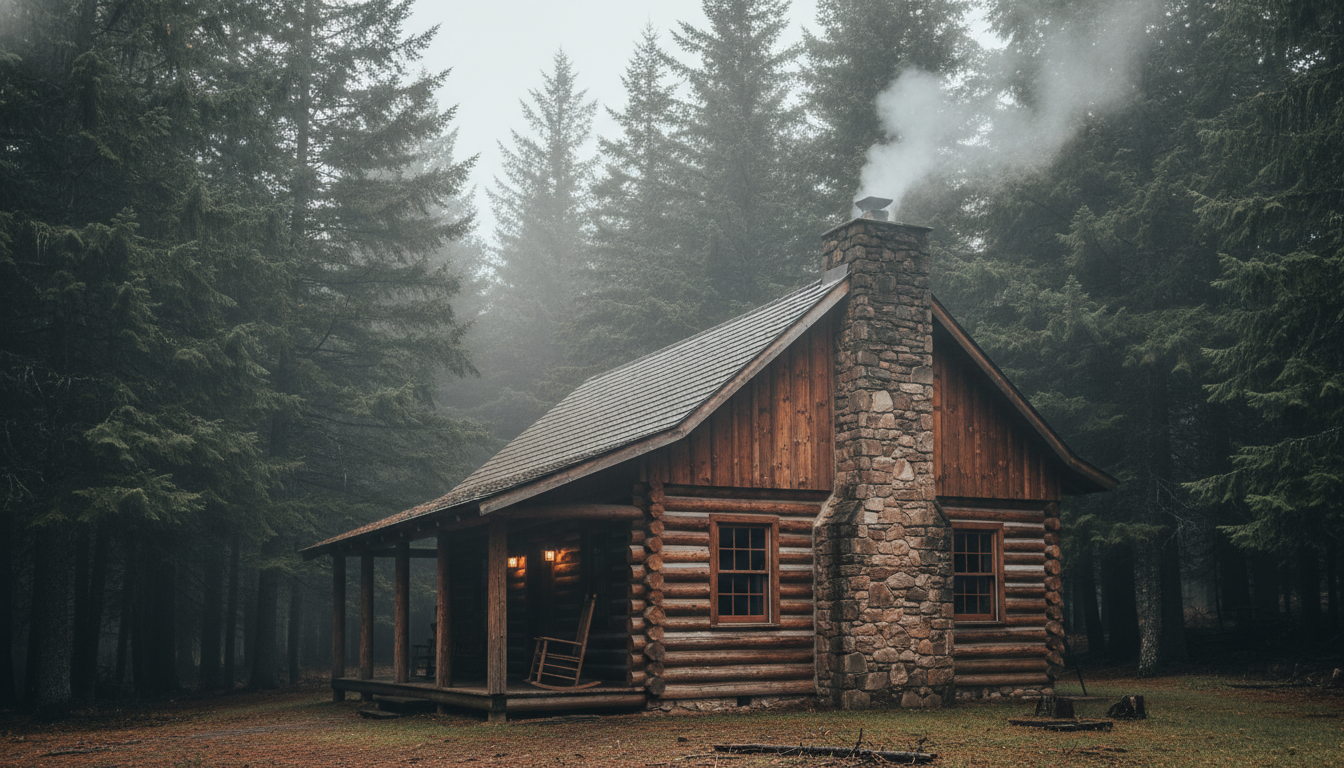
Accommodations in Cuajimoloyas are community-run and rustic. You will likely check in at the “Oficina de Ecoturismo” in the town center. The main options are the private “Cabañas” or the Hotel “Yaga-Zaa.”
Do not expect luxury. The rooms are basic, equipped with heavy wool blankets (cobijas) to combat the cold. Hot water is usually provided by wood heaters or solar systems, which means your best chance for a hot shower is usually in the morning or early afternoon, rather than late at night.
The Firewood Reality: Most cabins feature a fireplace, but this often comes with a hidden cost. While your first bundle of wood might be free, additional firewood usually costs around 50-60 MXN. A common mistake rookie travelers make is smoking out their own room. Lighting pitch pine (ocote) takes skill; ask the staff to light the fire for you around 6:00 PM while you are at dinner so the room is warm when you return.
You can compare this experience with other stays in the circuit, such as the rustic accommodations detailed in our Centro Ecoturístico Cabañas Latuvi Review. For full amenity lists, the Sierra Norte accommodation page provides specific details for each village.
How to Get to Cuajimoloyas from Oaxaca City
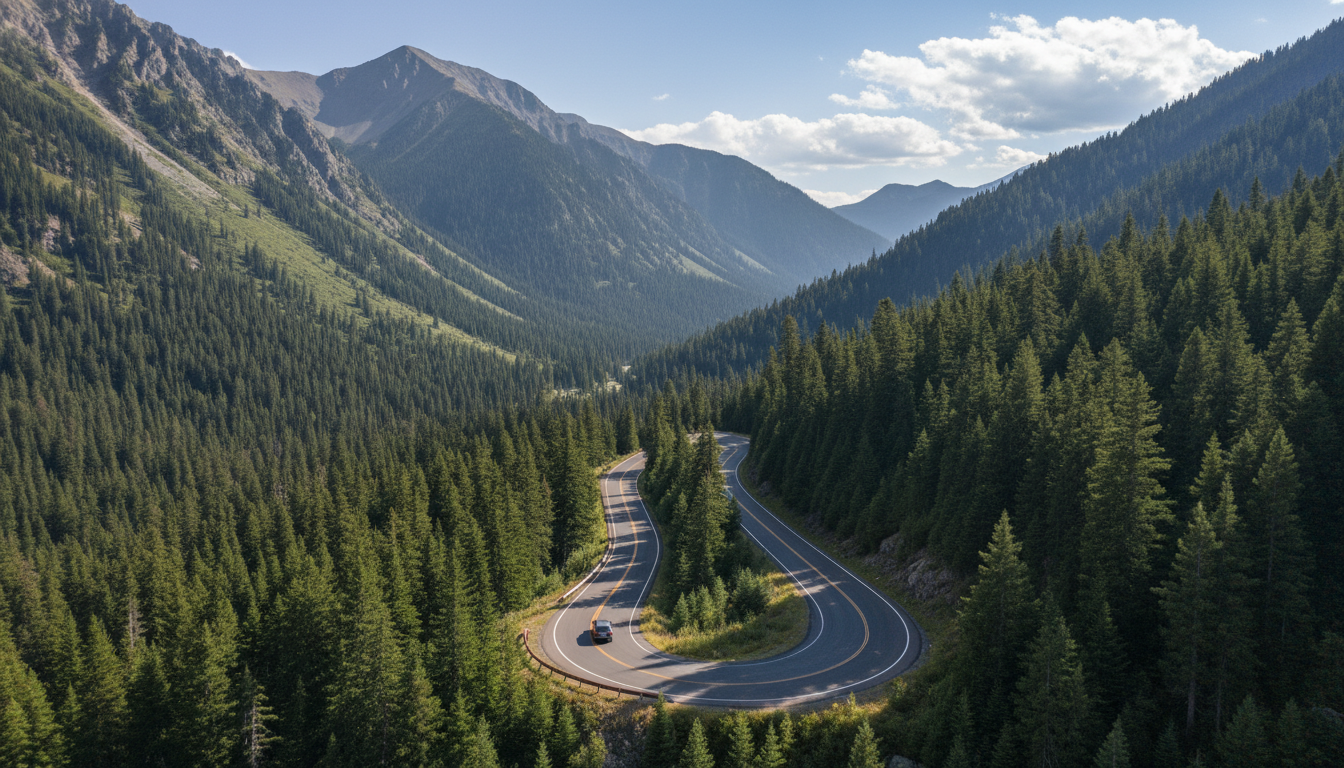
Getting to the Sierra Norte requires navigating the somewhat chaotic logistics of Oaxaca’s secondary transport networks.
Option A: Public Bus (Budget)
You can take “Autobuses Villa Alta” or “Transportes Turísticos de la Sierra.” However, do not look for a formal bus terminal. The “station” is essentially a dirt lot and garage located near the Central de Abastos, specifically near the landmark known as the “Monument to the Mother.” Tickets cost approximately 60-80 MXN.
Option B: Colectivos (Faster)
For a slightly faster trip, look for the shared taxis or colectivos heading toward Villa Alta or the Sierra Norte. These usually congregate near the “McDonalds” landmark at the Periferico and Abastos intersection.
Option C: Community Shuttle (Easiest)
If you prefer a direct route, you can book transport directly through the Expediciones Sierra Norte office in Oaxaca City (Calle Félix Díaz 119). This is the most stress-free method, though it often requires booking a package.
Travel Warning: The road up the mountain is a literal corkscrew. Rome2Rio maps the route clearly, but they don’t show the nausea. If you suffer from motion sickness, take a Dramamine 30 minutes before you leave the city.
Conclusion
Cuajimoloyas is the perfect escape for travelers seeking silence, crisp air, and a deep connection to the land. While the cold nights and thin air challenge your comfort zone, the rewards—fresh Matsutake mushrooms and endless views of the clouds—are unmatched.
Ready to continue your trek through the Sierra Norte? Head down the trail to explore the rest of the hiking loop in our Ultimate Guide to Hiking the Pueblos Mancomunados.